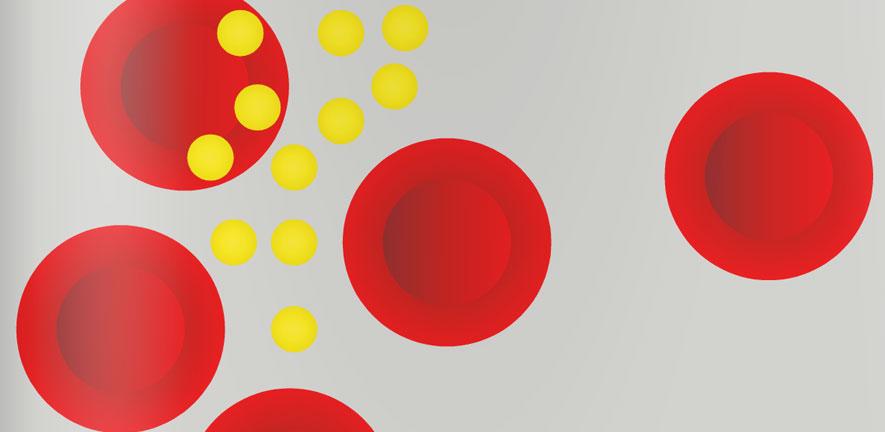
Using advanced microscopy techniques developed in the Laser Analytics group and in the department of Physics, it has become possible to follow in detail how individual blood cells become infected by the plasmodium falciparum parasite, the most deadly form of malaria.
The research sheds new light on the way the parasite 'hijacks' the host cells internal machinery and the curious strategies adopted to ensure the parasite and host cell survive their violent relationship during the infection cycle. For the first time we have been able to understand the mechanisms that lead to dramatic shape changes that occur in the attacked cells upon infection due to osmotically driven ingress of nutrients the parasite requires to grow. This work lead to the verification of what is known in the literature as the 'colloidosmotic hypothesis' in malaria. Even more fascinating to watch is what happens during the very early stages of parasite contact with the host cell: Immediately on contact the cell undergoes violent, dynamic shape changes, which a new video microscopy technique developed in the physics department resolves in much greater detail than has been possible before.
The collaboration was recently featured on the University’s news site and was on the cover of Cambridge University’s Resarch Horizon’s
Magazine.
For publications on our malaria research see our publication section
